Hydroponic growing relies on a mix of water and minerals called a nutrient solution to feed the plants. These solutions are created by combining the minerals commonly found in soil into a solution that can be easily absorbed by the plants roots.
Nutrient solutions for hydroponic systems come in liquid and powder form. They supply the macronutrients and micronutrients that plants need to promote healthy growth and maximum harvests. The main components are Nitrogen, Phosphate, Potassium, Sulphur, Calcium and Magnesium but other minerals can be added in smaller amounts.
The nutritional needs of plants change throughout their phase of growth and nutrient solutions can be customized to supply the perfect mix of nutrients to the plant. Here’s a breakdown of the Best Hydroponic Nutrient Solutions if you’re in a hurry.
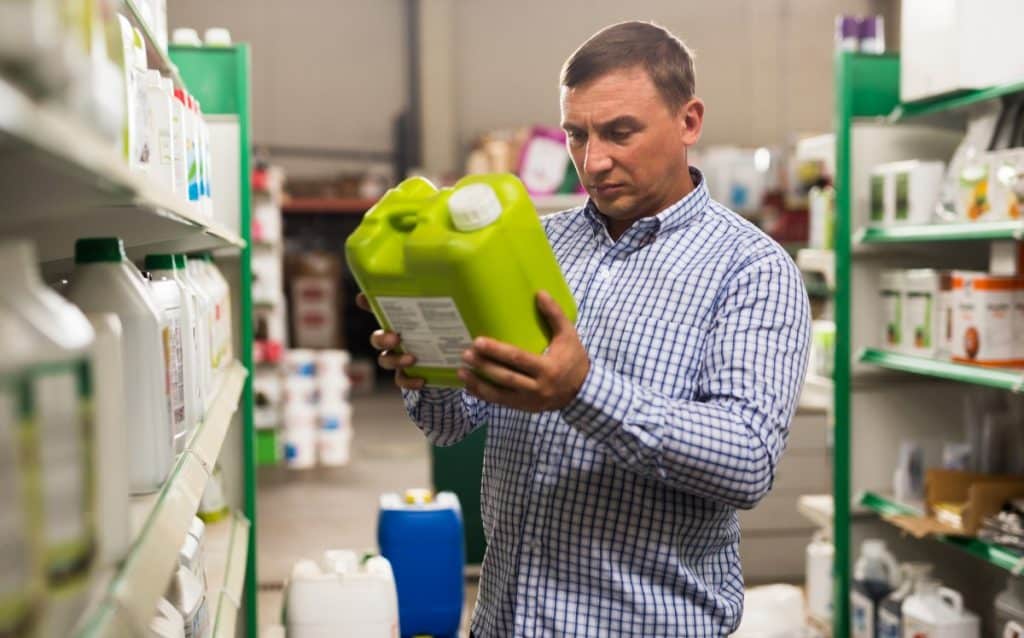
Nutrients Required for Hydroponic Growing
There are a few basic nutrients every plant will require in order to thrive within a hydroponic system. These nutrients can be broken down into two main categories: macronutrients, and micronutrients.
Macronutrients
Oxygen, Carbon, Hydrogen, and Nitrogen are all considered macronutrients needed by plants. The first three can all be obtained independently by the plant, while Nitrogen needs to be supplemented in with nutrient solutions.
There are several other macros a plant needs in order to thrive and be healthy. These include Phosphorus, Potassium, Calcium, Magnesium and Sulfur.
These elements are considered macronutrients because plants need large amounts of them in order to survive. They are needed in order to perform essential functions such as regulation, nutrient transport, and chemical processes. Nitrogen, Potassium, and Phosphorus are considered the primary macros, while the others are considered secondary macros.
Micronutrients
Micronutrients are needed in much smaller quantities as compared to the macros. These include Iron, Boron, Manganese, Copper, Molybdenum, Zinc, Chlorine, Cobalt, Nickel, Sodium, and Silicon.
Micronutrients provide an essential role primarily in growth, metabolism, photosynthesis, and sugar and nutrient transport. Deficiencies are not uncommon if a proper solution or fertilizer is not used, and new growers or gardeners may often overlook the importance of the micros. Symptoms of micronutrient deficiency include:
- Deformation and discoloration of leaves
- Wilting
- Chlorosis – the yellowing of leaves due to not enough Chlorophyll
- Stunted growth
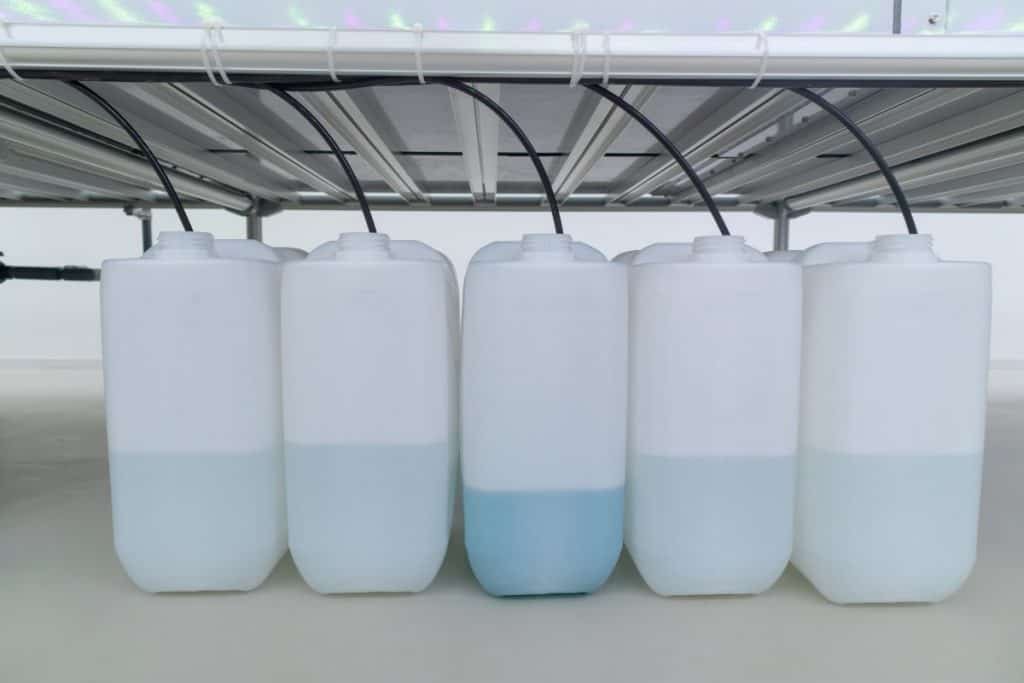
Premade and Homemade Nutrient Solutions
Control over the exact amounts of nutrients provided to a plant is one reason hydroponic growing has seen increased popularity. It gives the grower much more control over their plants and crops, and leaves room for experimentation to get the best results.
Premade Solutions
Premade and pre-mixed solutions are the most popular options for small gardens and people who grow for hobby rather than large-scale production. A premade solution will already have the nutrients measured out in a concentrated liquid or powdered form.
Macronutrients and micronutrients are typically packaged separately. This is to avoid any unwanted binding of the elements making them difficult for the roots to absorb. The solutions will come in 2 or more parts and should be mixed into your reservoir separately rather than measuring them out together.
Homemade Solutions
More advanced growers may choose to customize their nutrient solution by mixing the base minerals together themselves. This method is more time consuming and labor intensive but can save money, especially in large systems.
Creating your own nutrient solution allows you to control the inputs helping to avoid unwanted chemicals in the process. This is a great way to bring hydroponic growing closer to nature, check out our article Can Hydroponics Be Organic for more information.
Can I Use Normal Fertilizer for Hydroponics
It’s not recommended to use fertilizer designed for use on soil as a nutrient solution for hydroponic systems. Regular fertilizers don’t provide a full complement of macro and micro nutrients and are not as water soluble as hydroponic nutrients.
Regular fertilizers are formulated under the assumption that the plants are gathering some nutrients from the soil. This can lead to nutrient deficiencies, stunted growth, and unhealthy plants.
When a plant is suffering a deficiency, there are a number of symptoms that will arise. These include: yellowing or browning of the plant matter and leaves, wilting, drooping, drying out, and growth stunting. This can also cause major issues for the roots and cause them to become infected and rot.
Solutions made specifically for hydroponic systems account for the small amounts of salt that occur and how that will affect the water. An excess of salt can cause an increase in electrical conductivity which affects the roots ability to absorb nutrients..
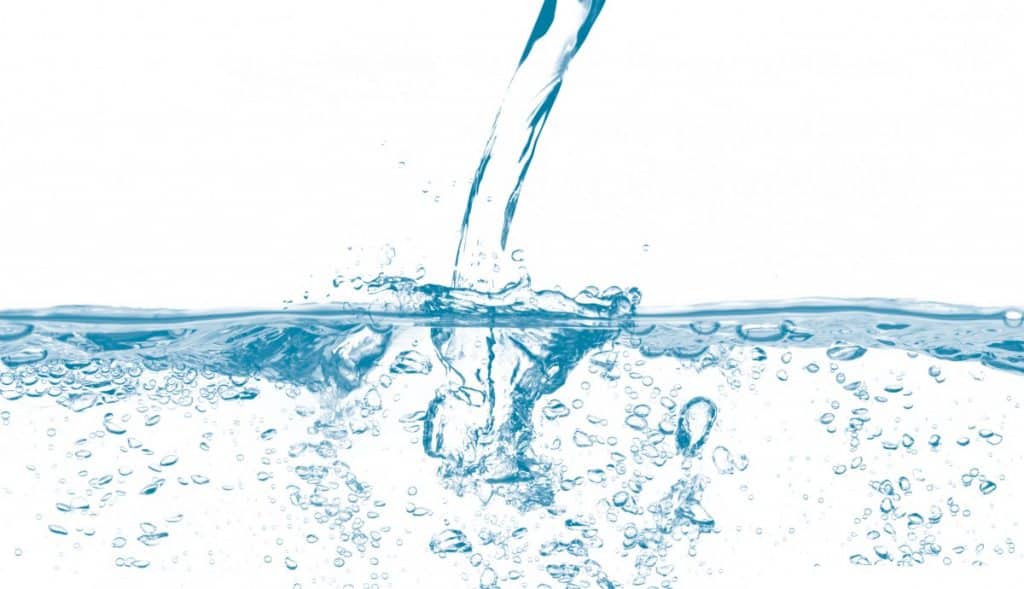
Is Hard, Soft, or Distilled Water Better for Hydroponics
Distilled water is best for hydroponics because all the minerals have been removed leaving a clean pure base for adding your mineral solution. Because getting distilled water in bulk is difficult, soft water is the next best option followed by mineral heavy hard water.
The water type and quality can change the effectiveness of a nutrient solution. Certain kinds of water can greatly affect the plant’s health and throw off the nutrient balance, even if a top-quality nutrient solution is being used. It is important for growers to know the pros and cons of different water types. There are three main types to consider: hard, soft, and distilled.
Hydroponics in Hard Water
Generally, hard water is considered the least viable option to be used in a hydroponic growing system. Hard water refers to water that is very high in mineral content. It generally has high levels of dissolved calcium carbonate and other bicarbonates that can overwhelm the plant’s metabolism and cause high pH levels.
Specialized nutrient solutions like FloraMicro Hard Water from General Hydroponics are specially formulated to work with hard water in excess of 200ppm.
{amazon box=”B001IMGYYU”]
According to Hydrodynamics International, the bicarbonates have to be neutralized in order to lower pH levels. However, this in turn can lead to higher levels of phosphate. Phosphate, unfortunately, can limit the intake of other essential nutrients such as Zinc or Iron. Additionally, hard water also has high levels of mineral salts, putting the plants at risk of suffering from a salt excess.
Hard water typically comes from ground wells. According to the United States Geological Survey, there is no legal limit or standard for how hard water can be set by the EPA, mainly due to the contents being non-toxic to humans. This means growers relying on tap or well water should test the hardness of the water before using it in hydroponic systems.
Soft Water Hydroponic Growing
Soft water, unlike hard water, contains very little nutrient and mineral content. It is especially low in levels of calcium and magnesium, eliminating the mineral salt risk posed by hard water.
Soft water is so low in mineral content that it makes using nutrient solutions of all kinds much easier. This is because all the nutrients are added separately, rather than having to work around minerals already existing in the water.
Soft water occurs in surface water. Tap water can be either hard or soft, it just depends on the source and environment the water is coming from. Hard water can also be transformed into soft water through the use of ion-exchanging via resin or brine tanks.
It is much more preferable to use soft water rather than hard for your hydroponic system. If you are unsure what type of water comes from your tap, you can call your water supplier or look out for hard water signs such as white buildup from calcium on glasses, faucets, and showers.
Distilled Water for hydroponics
Distilled water is also known as purified water. It is made through a process of boiling into a vapor and condensing back into a liquid. This ultimately ends up removing many excess nutrients, minerals, and salts, making a great and clean base for a hydroponic system.
For traditional gardening that uses soil and fertilizer, distilled water is actually not recommended due to its lack of nutrients. However, when discussing hydroponic systems, distilled water may actually be one of the better options.
In growing systems that use soil, the soil can protect the roots more from excess nutrients or contaminants. With hydroponic systems, the roots are highly vulnerable to any environmental changes to the water. Tap or unfiltered waters can be high in mineral content and pH levels, which will in turn greatly affect the plant’s health in a negative way. With distilled water, the risk of these imbalances is much less pronounced, and the grower has total control over the nutrient and mineral levels.
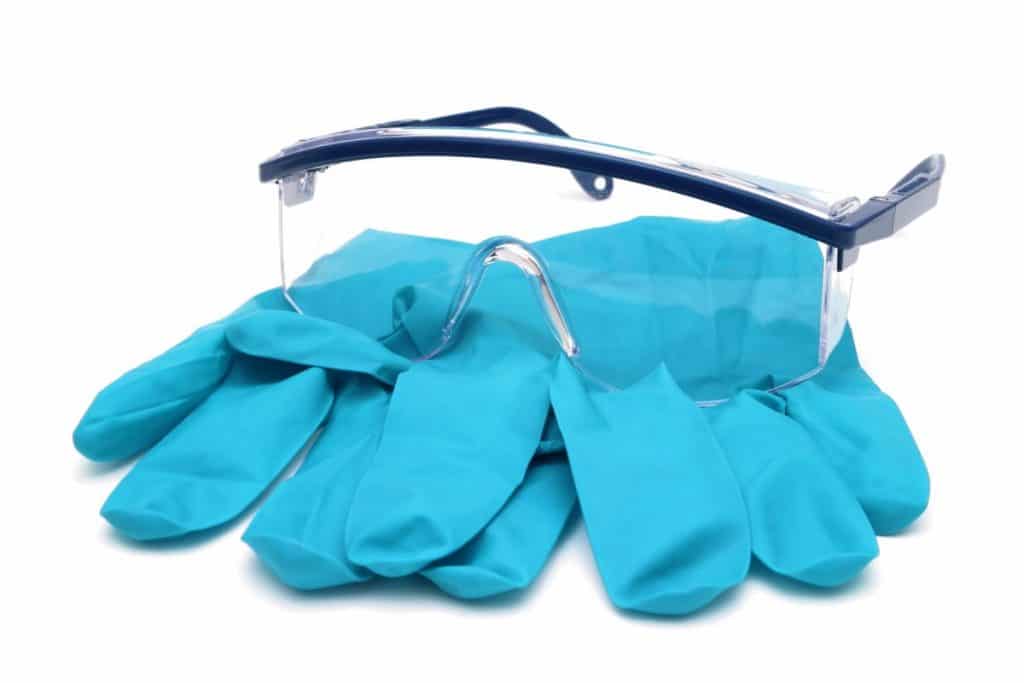
Equipment Needed for Mixing Hydroponic Nutrients
Mixing hydroponic solution requires a few important pieces of equipment to make sure you get a precise and balanced mix.
Safety Glasses and Rubber Gloves
Protect your eyes and skin from contact with the concentrated mineral blends in your mixes. This is important while pouring from your bottles, scooping dry powders from their containers and accidental spills and splashes that happen when pouring concentrates into the reservoir.
Measuring Cups
For liquid nutrients you’ll need a graduated measuring cup showing ounces (oz) and millimeter (ml) to get an accurate ratio of parts in your solution.
Digital Scale
The ability to measure in 1g or even half gram increments is required for mixing powder nutrient solutions. Some people try to measure dry ingredients with a teaspoon but even an inexpensive kitchen scale will deliver better results for powders.
Ingredients should be weighed separately in their own containers and mixed into the water individually. Make sure the containers are dry of any moisture before using them and zero the scale to remove the weight of the container before adding powder.
Mixing Container
A 1 to 5 gallon container will help in measuring out the water added to the nutrient reservoir which determines the amount of mineral solution needed. Save the final jug of water for mixing any powder ingredients in and mix it up before adding it to the reservoir.
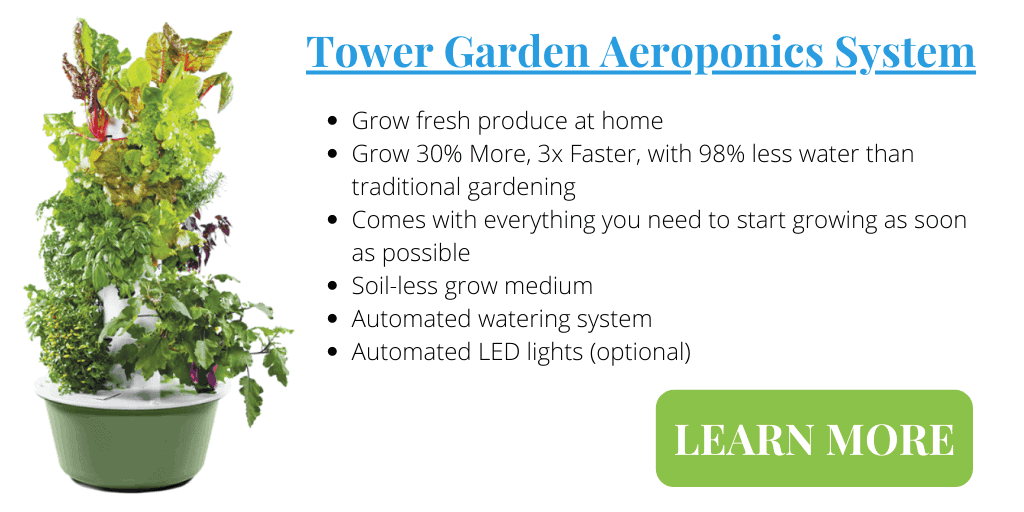
Nutrient Solution Mixture Ratios
Nutrient Solutions are specially developed to be mixed in ratios, typically of ounces per gallon for liquids and grams per gallon for powders. Simple 2 part solutions usually require equal parts of each part per gallon or liter of water.
More advanced multi part solutions can be customized for the needs of different plants and for the phase of growth they are in. Because different minerals are more important during the growth phase versus the flowering stage, boosting nutrients at key points in the growth phase has its advantages.
Macronutrients will always be added in much larger amounts than micronutrients. Additionally, micronutrients should generally be mixed independently of the macros. Measuring cups for liquids and accurate scales for powder mixes are the key to getting the mixture ratios correct.
Most nutrient solutions will offer specific directions, for the amount of each part to add, they will also describe the best time of the plant’s life cycle to use the different products. Adding improper amounts can create serious imbalances that affect the plant’s overall health.
Nutrient Solution Shelf Life
Before being mixed together, nutrients can last for a long period of time on a shelf. However, once they have been mixed their shelf life decreases.
If you have to mix the parts together outside of the reservoir only combine the amounts you need for immediate use. Avoid mixing multi part solutions directly together as much as possible, it causes the compounds to bind making them difficult for the plants to absorb.
When to Add Solution to The Reservoir
The number of plants, and size of your reservoir will determine how often nutrients will need to be added to the system. You’ll also find yourself doing more frequent fill-ups as your plants become larger and consume more solution.
Monitoring the level of your reservoir is the only real way to know when to add more nutrient solution. This can be done with a visual check or by implementing a level sensor into the reservoir.
Cleaning A Hydroponic Nutrient Reservoir
Your hydroponic systems reservoir should be cleaned and sanitized from time to time. This will ensure the system remains free of harmful algae and bacteria. Some manufacturers of nutrient solutions suggest cleaning the system every 14 days while others suggest to do it when you cycle your plants.
While planting, pruning and working around your system keep an eye out for signs of algae growth. Other signs of poor system health can show up on the plants in the form of root rot or leaf spotting. See our article on The Most Common Plant Diseases for more details.
After a cleaning refill the reservoir with fresh water and solution. In the time between cleanings, it is acceptable to top up the reservoir with fresh water and solution if you observe the level beginning to drop.
Refilling The Reservoir With Water And Nutrients
When adding more nutrient solution to your reservoir it’s important to add the water first. Measure out and add the nutrient mixes into the reservoir one at a time mixing up the water after each.
It is also highly recommended to do a full reservoir cleaning if you begin using a new nutrient-ratio solution. This will help in not overwhelming the nutrient balance for the plants.
Nutrient solution levels can also be tested to ensure they are in a healthy range. The general rule of thumb is to keep the nutrient solution between 800 – 1500 PPM.
PPM, which stands for parts per million and can be equated to mg/L, is a measurement of the concentration of nutrient solution. PPM can be read either by using a Total Dissolved Solids (TDS) or Electro Conductivity (EC) meter.
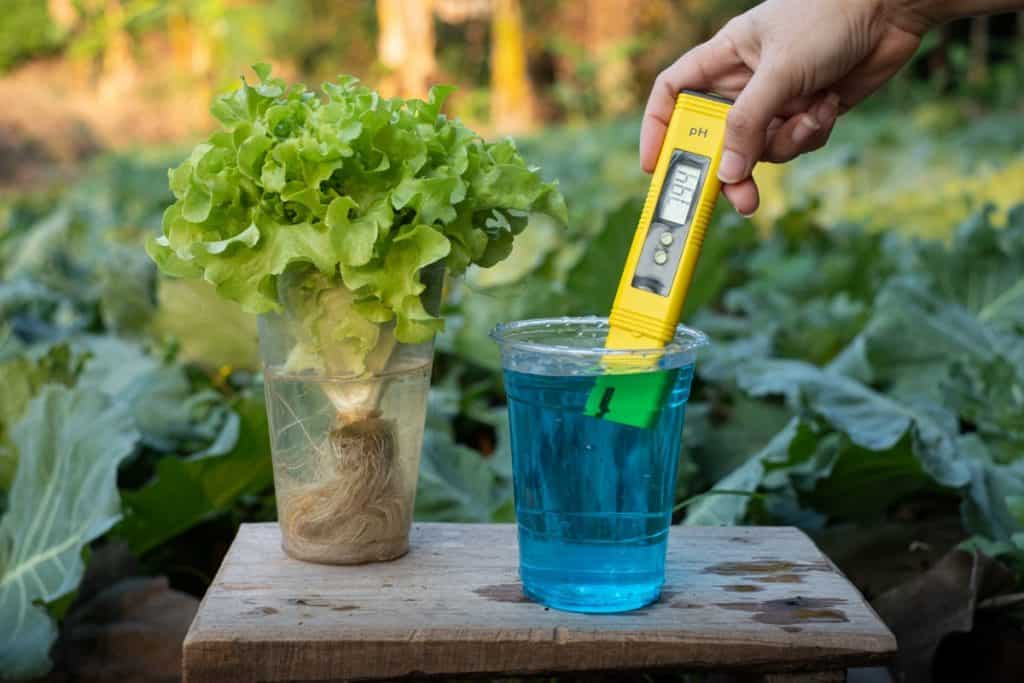
Additional Considerations
There are three other main factors to monitor if you want to get the most benefits from your nutrient solution. These factors are pH levels, temperature, and UV light. While much of the plants’ health will rely on nutrient solutions, keeping these three factors balanced will help to make your solutions work even more effectively.
pH Levels
The pH level of the water and nutrient solution in your hydroponic system will impact the plants’ ability to absorb the nutrients it needs. The general pH range for hydroponic crops and systems is 5.5 to 6.5. Low pH can prevent macronutrients from being absorbed. Comparatively, micronutrients can begin to reach toxic levels. Water quality, nutrient balance, and reservoir cleanliness all greatly affect the pH levels.
Temperature
Hydroponic systems should ideally be kept in temperatures between 65 to 68 degrees Fahrenheit. This temperature will help with maintaining the correct amount of dissolved oxygen. Additionally, water that is kept too warm will end up breeding bacteria and building up debris that can cause disease in your plants.
UV Light
UV light can cause algae to grow in your reservoir causing damage to your system and plants. Be sure to use a non-transparent reservoir with a lid that will prevent light from penetrating into the solution. You can test by holding a light up to the reservoir and watching for a glow inside. You can always paint your container if too much light is visible from the inside.
Final Thoughts
There are many factors to keep in mind when choosing a hydroponic nutrient solution. Remember to always research what nutrients are best for your plants. Regular fertilizers intended for soil should be avoided. Keep an eye out for signs of hard water from your tap, and regularly clean your reservoirs in order for your nutrient solutions to be the most effective!
